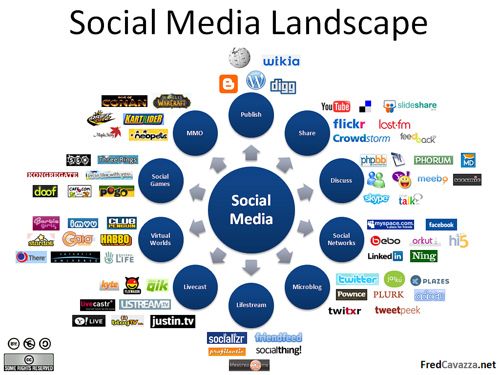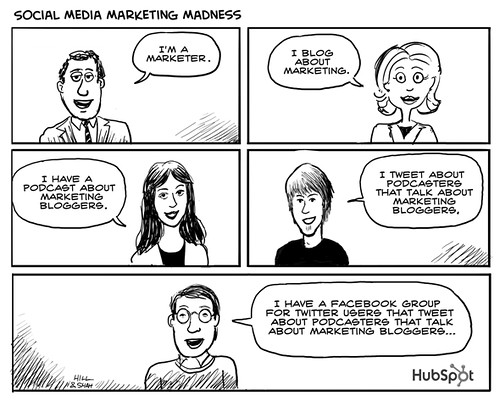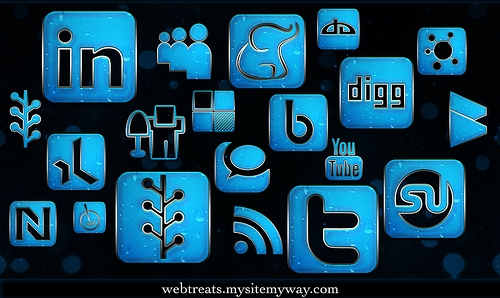A couple of weeks ago I went to the 2nd Annual Web 2.0 and Government Conference in Sydney. Fiona brought this conference to your attention at the time, pointing the way to all the tweeting going on.
The two day conference was jam-packed with speakers, presentations, food and of course, tweets. Below is a summary, with some useful links, of what I took away from the conference (and what I have interpreted from my notes).
The ‘stand out’ topics re-iterated by several speakers, for me, were the need for cultural change within organisations towards using social media and making data/information open and accessible. Also, the examples from agencies in Victoria show they are leaps and bounds ahead of New South Wales when it comes to implementing Web 2.0 projects.
I’ve broadly grouped the points, starting with some of the definitions of Web 2.0 that I heard from the speakers:
Web 2.0 =
- opens opportunities to engage the community in genuinely inclusive, transparent and collaborative ways
- gives you opportunity to target audiences on demand
- opportunity, but not necessarily a guarantee, for your project’s success
- citizen collaboration
- participatory democracy
- listening to the crowd.
Using Web 2.0
- the potential benefits are big…and also difficult to measure
- a multi-channel approach can be used in delivering information (audio, video, text etc) and this may assist in overcoming accessibility issues
- don’t re-invent the wheel; the tools you need are already out there
- releasing information under CC licensing will not end the world (see Government 2.0 Taskforce recommendations)
- the Victorian Government is releasing 80% of information under CC.
Staff/Agencies
- in many organisations staff use social media as part of their work (it didn’t appear this was the case for most of the audience at the conference – social media is used in organisations but not ‘across the board’)
- show don’t tell; if you are going to implement social media across the agency then show your staff how to use it, don’t simply direct them to use it
- have a social media policy for staff and teach basic lessons, i.e., “Social Media 101”
- test-drive Web 2.0 internally if you can – YAMMER is like Twitter but can be used ‘in-house’, behind your organisation’s firewall and is a good testing ground
- use Wikis for participatory project planning; can be used in a similar fashion to Word as it has a ‘track changes’ feature
- learn from your mistakes: future projects will always better than your first ones – ‘innovation can proceed with improvements’
- check the US Department of Defence social media guidelines (example of an organisation adopting Web 2.0)
- YouTube Video – “The Machine is Us” Web 2.0
- Tools – “Google Public Sector”
Web visitors/users
- 1 in 6 minutes spent online is on a social media site
- Facebook = where the crowd is
- 80% of web visitors arrive via search, not the homepage
- web users have extreme expectations – expect you to deliver more than you say
- people expect rapid response to communications
- “Post-moderate” (that is, don’t vet them first) in Web 2.0 projects to get the discussion flowing instantly – (people will be more likely to comment if they see opinions already out there
- post-moderation can work when you set the tone/rules at the outset
- Understand Your Audience
Data
- should be open, free, re-usable, discoverable
- should be machine-readable (not PDF based)
- should be transparent (attribute origin) and show currency ie (time-stamped).
- don’t just publish data (make it all of the above)
- open data = engagement; transparency = improved democracy; leadership & culture
- speakers backed the idea of publishing your data, regardless of its (metadata) accuracy while some audience members felt it should be accurate.
Information
- is a resource, if it already exists then use it as much as possible….and freely
- government firewalls impede collaboration – “information is more powerful when it is set free”
- PSI = Public Sector Information. Agencies are custodians of PSI, not the owners
- Cultural change is needed – is there a good reason why you shouldn’t release PSI?
- All laws etc about information were set up before the Internet. Organisations are all based on “permissions for information” and need to evolve.
Mobile websites and apps
- 60% of mobile users browse the web
- Mobile = instant communication
- What is your mobile strategy? Include one in your digital strategy
- Making a mobile version of your website might be better than building an app (accessibility-wise and cost-wise)
I think there is some relevance here for the Archives 2.0 sphere.




Karen Leung says:
Hey,
Thanks for the valuable information about Web 2.0 – the Social Media Marketing. It is so true.
I request the permission to use the “Social Media Marketing Madness” cartoon on my website/webpages.
All the Best,
OneChickMillions
Fiona Sullivan says:
Thanks for the feedback @OneChickMillions.
If you click on the cartoon in the post it will take you to flickr which is where we sourced it from using a creative commons licence. If that doesn’t work for you try this: http://www.flickr.com/photos/hubspot/3196650975/ .
Erik says:
Another interesting aspect of social media for large organisations is how it can foster innovation. Members of large organisations can have difficulties finding the right people with experience to ask for advice. It’s the perfect tool to take advantage of already existing social networks.